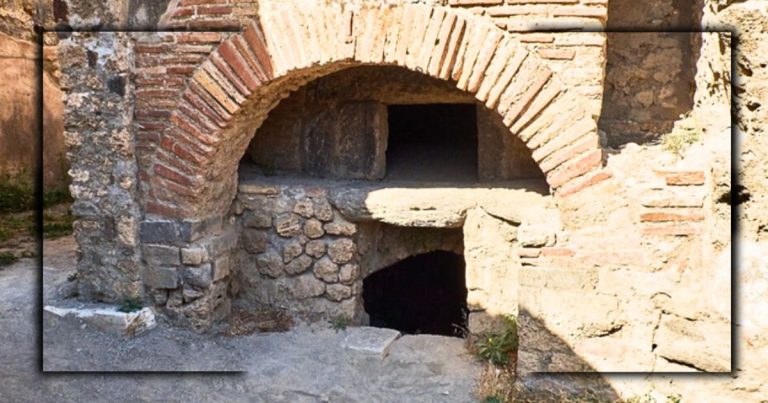
When Mount Vesuvius erupted with apocalyptic fury, it froze the lives of thousands in its path, leaving behind not only the tragedy of Pompeii, but also an astonishing time capsule of Roman life. Even today, more discoveries are being made.
But one recent discovery has tickled the imagination of scientists (and chefs), and has helped pave the way for us to get a taste of the food that was eaten during this time of Roman civilization. And it’s all thanks to unearthed loaves of bread that had been carbonized, but left intact.
Archaeologist, and chef, Farrell Monoco, said that research (and a bit of guess work) has helped establish how this loaf of bread came to be. A busy baker had placed his loaf of bread in the oven, they have speculated. Outside, the city sounds would have greeted him. But that day, the ground was shaking, something that was common those days. But this time, archaeologists theorized, the smell of air would have carried a scent of sulfur.

A 2,000-year-old bread found in Pompeii, Campania, Italy. Getty Images
The baker would have seen the dark clouds gathering about Mount Vesuvius. Though it had been years since the area had seen a volcanic eruption, it was likely that previous experience that sent the baker running, leaving behind more than 81 loaves of a bread, called ‘panis quadratus’.
By the time the tragedy ended, more than 18 hours later, more than 1,800 people had died. But much of their life had been left behind for scientists to find. Pompeii’s bakers weren’t just providers of sustenance; they were artists in their craft. A fresco from a nearby residence shows a busy scene that may depict the sale of bread. Whether it captures a marketplace or a magistrate distributing bread, it emphasizes the central role these loaves played in daily life.

Another bakery located in Pompeii, Campania, Italy.
But these ancient loaves are more than historical curiosities. In modern times, chefs and archaeologists have resurrected their recipes. “In AD 79, a baker put his loaf of bread into the oven. Nearly 2,000 years later it was found during excavations in Herculaneum. The British Museum asked Giorgio Locatelli to recreate the recipe as part of his culinary investigations for Pompeii Live,” the British Museum explained.
With recreating the ancient bread recipe, Locatelli and the British Museum offered a glimpse into something quite ordinary, yet it so fascinating to be able to understand how people lived and ate more than 2,000 years ago. Watch below for
Sources: Vintage News | BBC


